Never Buy a Car Alarm From a Dealership

Visiting a dealer’s Finance and Insurance office is usually the last excruciating step when buying a car. The F&I rep will go through an endless stack of documents to finalize the sale while attempting to sell as many pointless add-ons as possible.
Many of us know to avoid add-ons like pin striping, paint protection, and extended warranties since they are either overpriced or valueless — but we may be letting the worst offender of all slip by.
Car alarms seem like sensible choices, especially if they’re offered at a good price, but the alarm that many buy in the F&I office can barely be considered more than a dealer profit device. These alarms are often presented as add-ons to the factory alarm that are supposed to improve on the factory security system, but in reality are usually nothing more than a shock sensor and some hacked wires.
These alarms actually start out as key management utilities for dealers, who later turn them into alarms if they are able to stiff the customer. Dealers that install these devices often use them on every vehicle that comes on the lot, since they are programmable to a master fob by inserting a compatible module in the alarm control unit. Once they are programmed to the master fob, any salesman or manager can open the car with their fob, which makes it easier for them to show the car to customers.
These devices are cheap imported units that are usually installed by tapping into power and ground under the steering wheel and connecting to the door lock module. Some of the systems also have starter interrupt to prevent theft. In order to install them, the starter wire is cut and routed through the system. The control unit is usually mounted in an accessible location under the steering wheel so that the module is easy to swap. The initial cost to the dealer for one unit usually runs around $40 or $50.
Once the car is on its way to being sold, the device needs to be converted to a customer-controlled alarm or immobilized. In order to convert them to an alarm, the dealer module is removed from the control unit and a customer module is inserted and activated. Activation usually runs the dealer around $150, so their total cost for an activated unit is about $200. Depending on how the dealership operates, the finance person may try to sell the alarm up front or they might insert it into the deal via some sort of payment padding. The worst dealers will tell the customer that to get a certain interest rate they will need to buy the alarm at anywhere from $600 to $1200. They add points to the non-alarm interest rate to make the payments look the same.
These dealers usually show customers how the alarm is actually worth closer to $1,500 and are not unlike white van speaker scammers in that regard. Some dealers are a little better about it and tell the customer up front that they can have the alarm activated for $300 or $400 and negotiate down from there. They are making money on the unit as long as they can sell it above $200, so dealers are usually willing to negotiate. Many will be pushy, but they will often relent if a customer does not want the alarm. In that case, they will install a disable module instead of the alarm module, leaving the system inoperable but still wired into the car. The dealer will only be out the initial $40 or $50 fee.
There are various schemes that are used to get these alarms into cars and they are often used by low-price advertisers who will advertise a car a few hundred dollars below their competitors but have fine print stating that a $495 security package must be installed. The unfortunate part is that dealers are butchering many new by cutting wires and having the module drilled into the bottom of the dash. Most buyers don’t realize it. Some customers complain and ask for the complete removal of the system, but it’s rare that a dealer agrees to remove it.
The most telling sign of the intended use of these devices is the source. Most of these devices are not manufactured and sold by mainstream alarm manufacturers, but are usually found in some sort package from a F&I consulting company. They are sold along with paint protection and pin striping products — and training on how to sell them. These companies are F&I trainers and the alarm systems are just one of the tools in their arsenal. Some have even been sued for the payment packing practices that they recommend.
These alarm systems rarely provide improved security over the factory systems and can even cause issues down the road, so I recommend finding a car without one since removal of such a system will still leave holes in the dash and patched wires.
[Title Image Credit: PriusChat; Alarm Image Credit: eBay; De-Activation Image: GenCoupe.com]

More by Bozi Tatarevic
Latest Car Reviews
Read moreLatest Product Reviews
Read moreRecent Comments
- Orange260z I'm facing the "tire aging out" issue as well - the Conti ECS on my 911 have 2017 date codes but have lots (likely >70%) tread remaining. The tires have spent quite little time in the sun, as the car has become a garage queen and has likely had ~10K kms put on in the last 5 years. I did notice that they were getting harder last year, as the car pushes more in corners and the back end breaks loose under heavy acceleration. I'll have to do a careful inspection for cracks when I get the car out for the summer in the coming weeks.
- VoGhost Interesting comments. Back in reality, AV is already here, and the experience to date has been that AV is far safer than most drivers. But I guess your "news" didn't tell you that, for some reason.
- Doc423 Come try to take it, Pal. Environmental Whacko.
- 28-Cars-Later Mazda despite attractive styling has resale issues - 'Yota is always the answer.
- 28-Cars-Later Try again.




















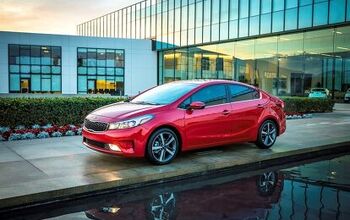
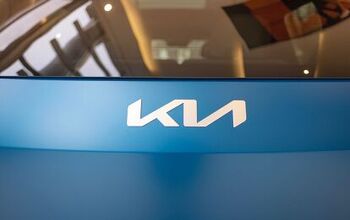


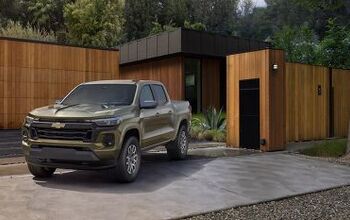

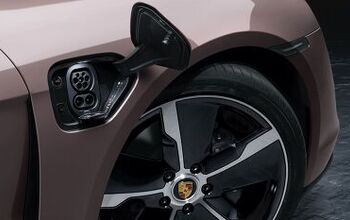

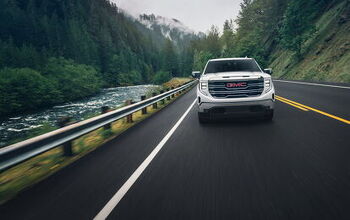




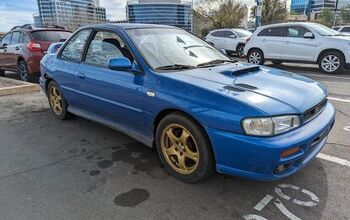
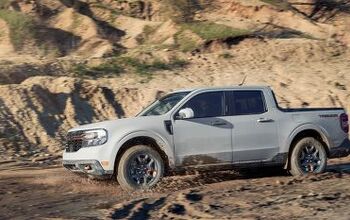

Comments
Join the conversation
There was one particular insurance company up here that used to provide an Anti theft system that could be installed in your car when you signed up with their policy which would lead to an added reduction in your insurance cost. The system provided a blinky LED, and forced the driver to do something a bit absurd before being able to start the car... in the case of a former friend of mine, he had to flip his turn signal arm down first before the car would start.
What's overlooked in this editorial is the fact that the dealerships who preinstall these systems have now rendered a portion of your new car and/or extended warranty useless. Even if you don't purchase the system, the damage is done. The security you feel with the warranty is now compromised. You're not getting what you paid for - they are stealing from you. Every vehicle on these lots and the ones that have been sold have been modified. You bought a new vehicle and they modified without consent - this is fraud, theft, misrepresentation and conversion at a massive scale. Even if these systems come with a 3 year/36,000 parts and labor warranty. They won't pay for lodging, transportation or the other benefits your new vehicle warranty may allow. You now have to deal with a second company for reimbursement and that is "if" you sent in your registration card for the system. You purchased extended warranty to cover bumper to bumper for additional years - too bad so sad they'll say.